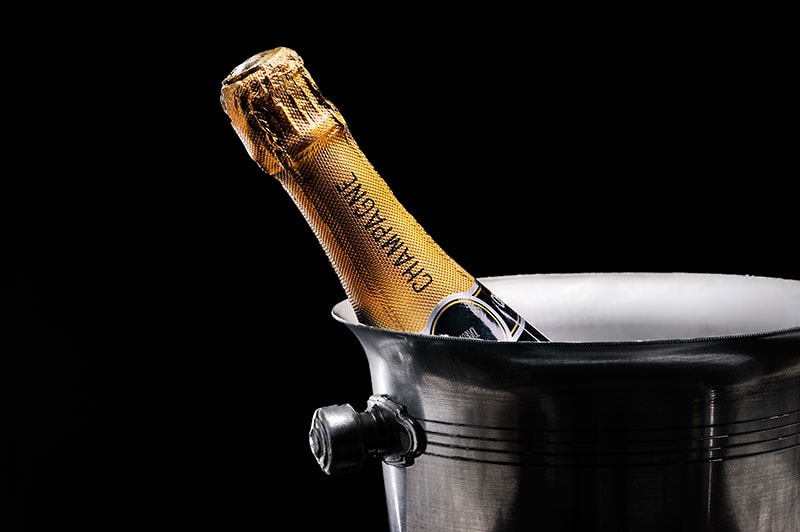
Luxury Spirits Brands Set for Roaring 2021 As Online Sales Surge
Subscribe to our Newsletter!
Get our latest news straight into your inbox

Luxury Spirits Brands Set for Roaring 2021 As Online Sales Surge
To say that 2020 was a challenging year for luxury spirits brands would be quite an understatement. In fact, the year was not only a difficult one but could prove pivotal for the future of the segment and how it positions itself to grow and weather future setbacks.
Why was 2020 so difficult for luxury spirits in particular? For one, this niche depends heavily on in-person sales in venues such as restaurants, clubs, bars, and events. With 2020’s lockdown measures bringing much of the world’s social life to a complete standstill, luxury spirits companies and others found themselves facing a year of not only slow growth but huge drops in business. And while there is no guarantee yet that 2021 will be any different in terms of decreased or nonexistent “floor sales” luxury spirits, Flor de Caña’s senior brand manager Shem Blum remains hopeful.
“We’re optimistic…Our head of national on-premise accounts is very bullish and we have the resources to weather the slowdown and build programming that will support small business and on-premise accounts going forward.”
A huge component of that hope happens to rest in the potential growth of online sales and delivery. Prior to 2020, much of the luxury spirits market was governed by the same three-tier system that other components of the industry operated under. What this means is that retail, distribution, and production were separated out in the spirits market with different companies or market components handling each segment of the production chain. Last year not only put this massive system under stress but forced changes to it that, combined with the traditionally high-demand for luxury spirits, is enabling a revolution in the industry.
Pernod Ricard CMO Pamela Forbus said of the digital transformation of the luxury spirits market, “No CPG industry was as ripe for digital transformation as ours…In the midst of the pandemic, digital commerce adoption projected to take more than three years occurred in the span of fewer than nine weeks.”
One prominent example cited by Barrons of how this transformation is trickling down into the market is that of a country club, unable to host its members as per normal operations, starting a “whiskey club” in partnership with a distributor. For many luxury spirits companies, the online component of the makeup of their overall sales tended to comprise less than 10% of their total. After 2020, the figure is now nearly approaching 50% for many companies.
Patrón Tequila’s vice president of marketing Adrian Parker highlighted that most of this growth is actually driven by sales of the company’s Gran Patrón, an expensive $200 to $400 offering from the company that gives us anecdotal evidence of the luxury trend occurring industry-wide. While most manufacturers expect this trend to continue they are also keeping a keen eye on the recovery of their traditional sales model hence why many companies are approaching 2021 with a look-and-see strategy. Taking things month to month might be one thing, but the changes brought by 2020’s unique economic conditions seem to be a permanent feature of the new landscape left in that year’s wake. As such, expect luxury spirits and attendant categories to not only grow as a part of the overall luxury lifestyle segment but also to diversify into experiential models like those found in high-end fashion and automobiles.
Share This
Subscribe To Our Newsletter
Stay informed with our latest news delivered directly to your inbox.

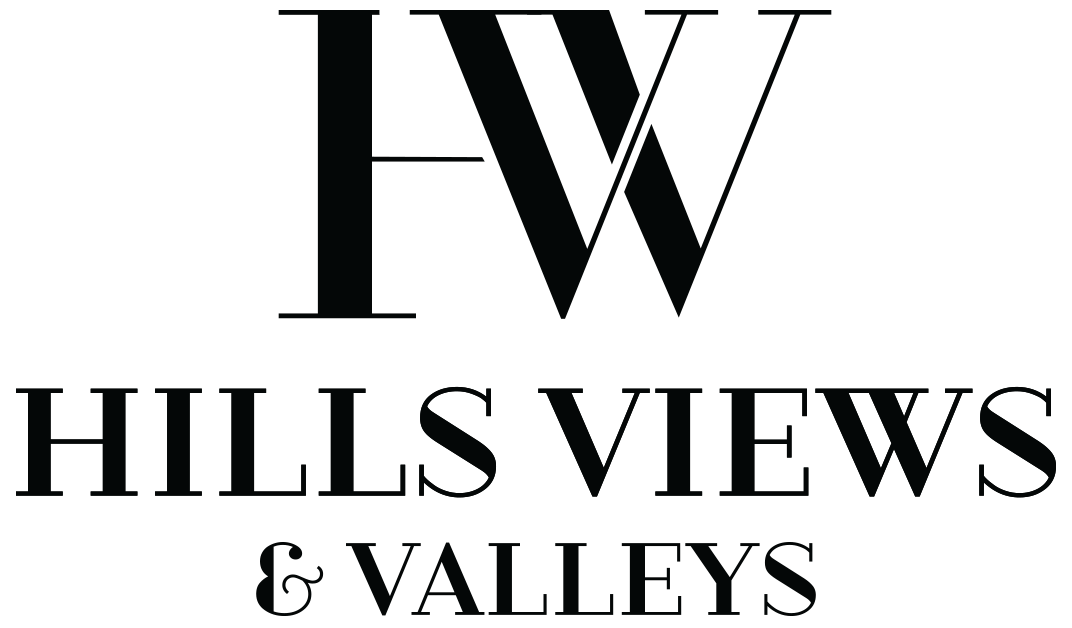
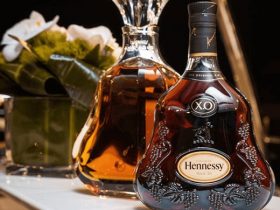




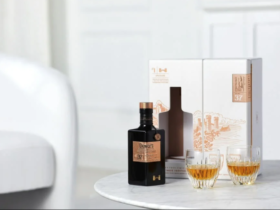
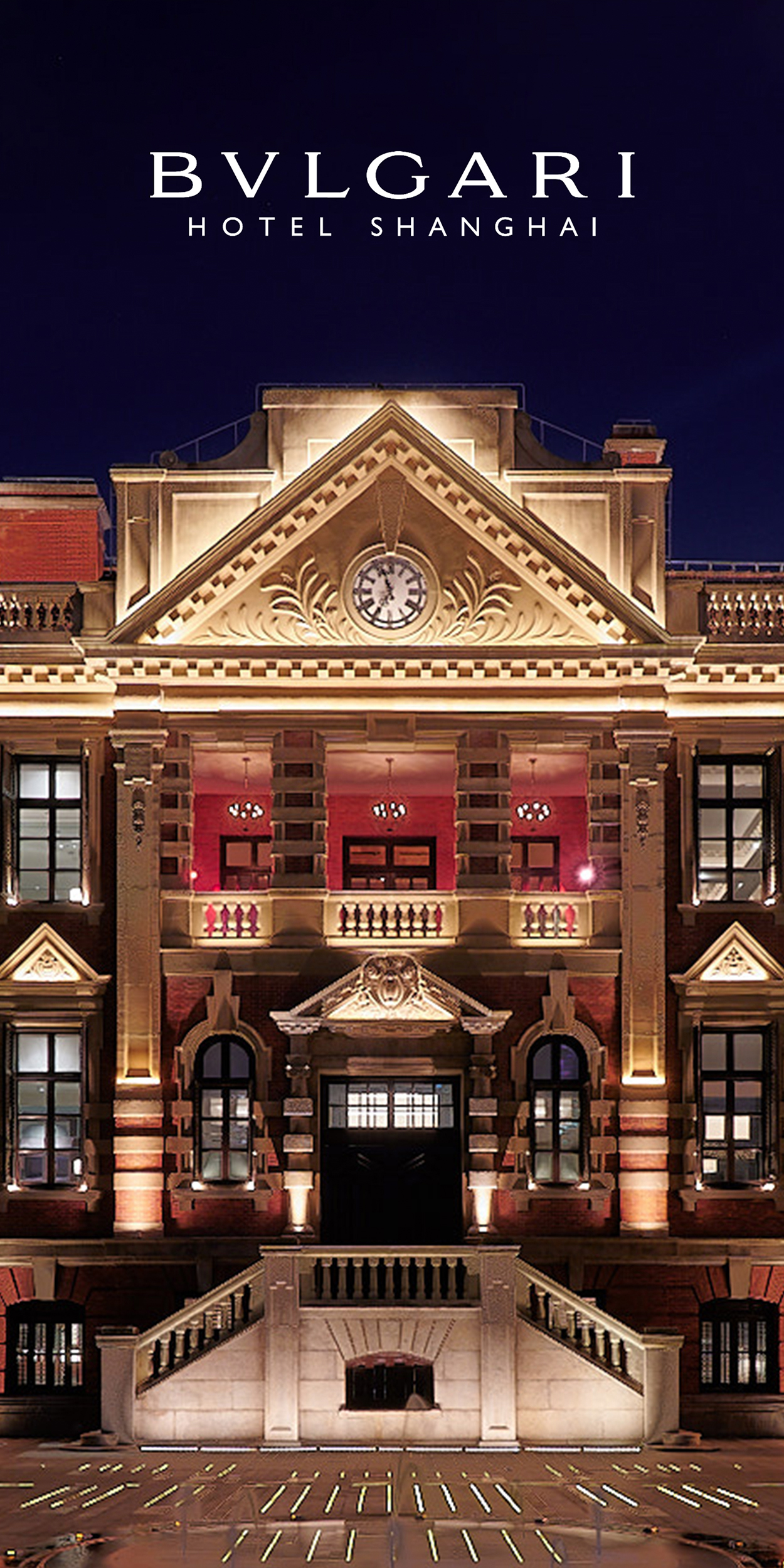



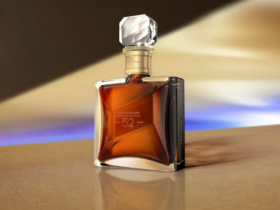
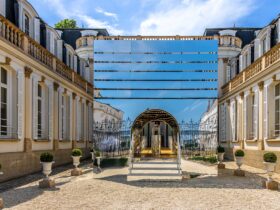
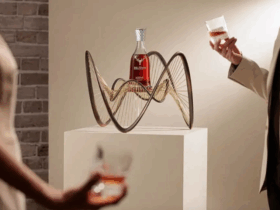
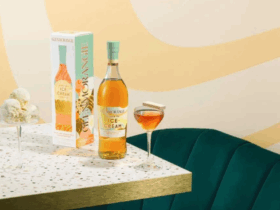

Leave a Review